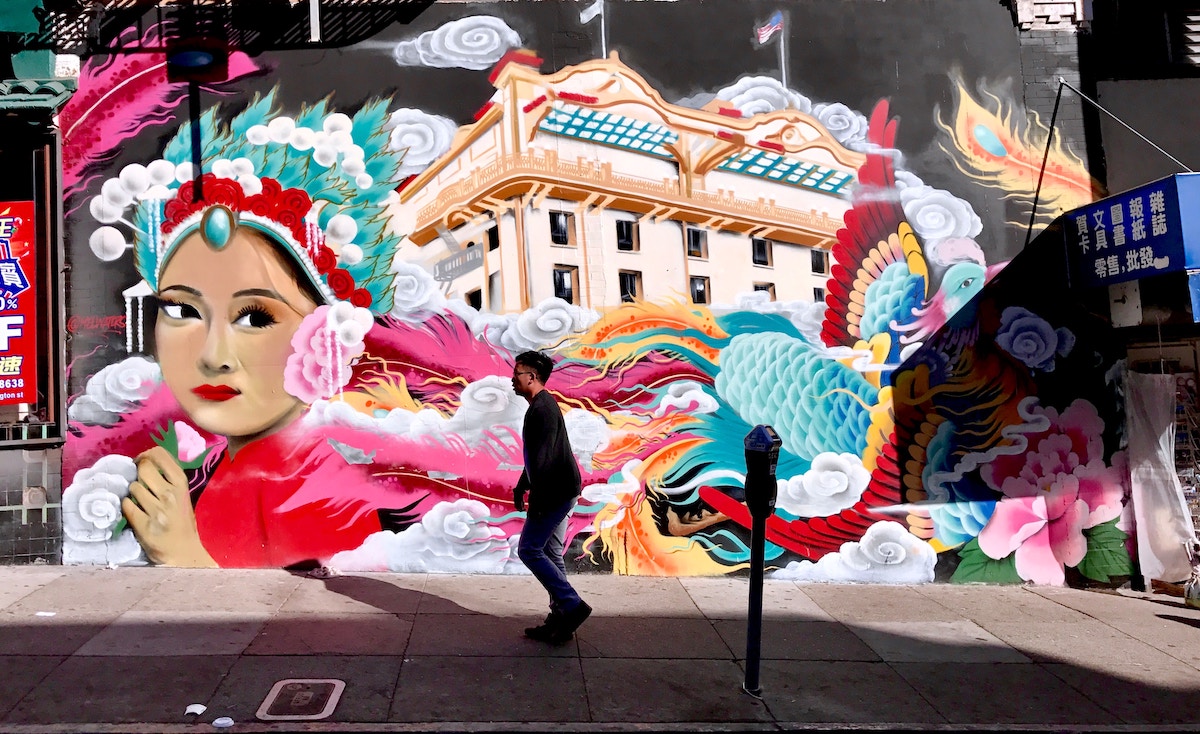The importance of developing a cultural awareness in 2019
Over the last years we have assisted to a radical change in the way we work and in organisational patterns. Words like delocalisation, remote working, fluidity, are now part of our business vocabulary. Plus, we are getting more and more used to working across time zones, hence with different cultures.

What does it mean that companies are becoming increasingly cross-cultural?
Merriam-Webster Dictionary defines cross—cultural as anything “dealing with or offering comparison between two or more different cultures or cultural areas”. In a business context, cross-cultural often refers to all the initiatives a company introduces to increase understanding of different cultural groups, in order to improve communication and to reach clients outside its traditional base.
Cross-cultural environments
Organisations are now fully aware of the importance of dealing with different cultures, due to the new business models resulting from globalisation and new technologies, such as remote working and offshoring.
Culture plays a pivotal role in every organisation we have worked with, especially in global, cross-cultural environments. We have found that a strong organisational culture is essential to glue different cultural backgrounds together, and create an unambiguous external representation that still respects the individual.
Start with cultural awareness
In such culturally complex environments, cultural awareness is the starting point for developing a profitable relationship with people (and colleagues) with different cultural values, beliefs and perceptions. The first step, however, to avoid misinterpretations and build cultural awareness is to understand your own culture first. When you lack awareness of your unconscious values and beliefs, you tend to assume our actions and behaviours have the same meaning across different cultures. For example, looking someone in the eye can be reassuring and respectful in one culture, but disrespectful in another (e.g. Japan).
Developing a cultural awareness is difficult process because, having been immersed in your own culture since you were born, you see and do things unconsciously. You need to be able to escape from yourself and your cultural boundaries to realise the impact of your culture on your behaviour and be alert to others’.
Imagine culture as an iceberg, with two different levels: a visible one that includes arts, language, behaviours, dresses, celebrations and food, and an invisible one that includes values, customs, roles, traditions, rules, status, beliefs, thought patterns, perceptions. What you can’t see has a much stronger influence on your beliefs and is key to understanding a culture.
Degrees of cultural awareness
The way people perceive cultural differences is generally divided into 4 degrees of cultural awareness:
- Parochial stage: at this stage, you believe your way is the only way to do things and you tend to neglect cultural differences.
- Ethnocentric stage: you know there are other ways, but still consider yours as the best one. You see cultural differences as problematic, and so tend to ignore them.
- Synergistic stage: you are aware of different ways and choose the best one according to the circumstances. You know cultural differences can be problematic, but also recognise they offer benefits, and so are open to using them for finding new solutions;
- Participatory third culture stage: you bring people from different cultural backgrounds together to create a shared culture of shared meanings. This involves an ongoing dialogue to generate new rules and meanings.
Working across different cultures
We are lucky enough to live in a country of many cultures and languages, and to work across the globe. This gives us the chance to experience, learn and understand many different cultures and make this knowledge available to you.
Learn more about implementing Change Management across different cultures in our Big Theme.
Photo by Lisa Herrickon Unsplash